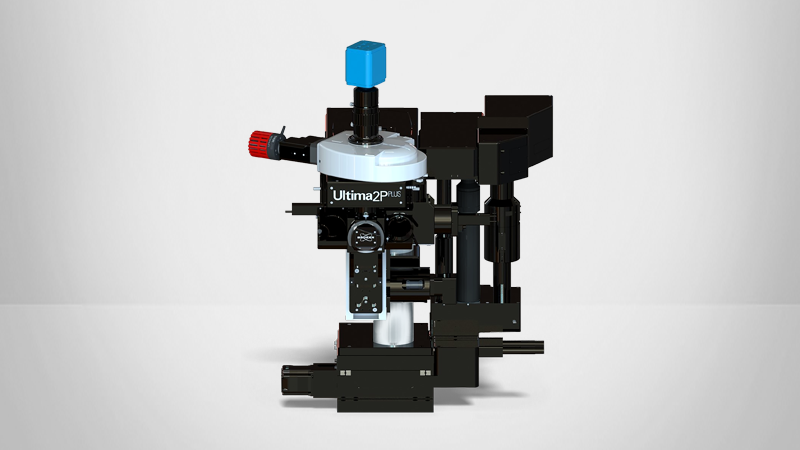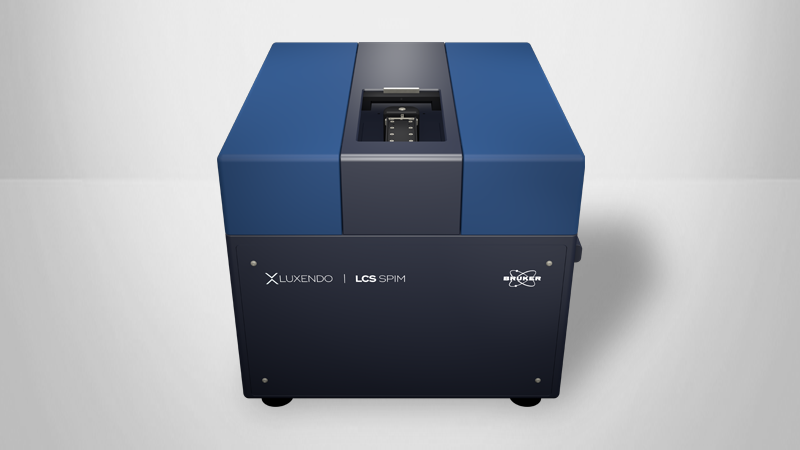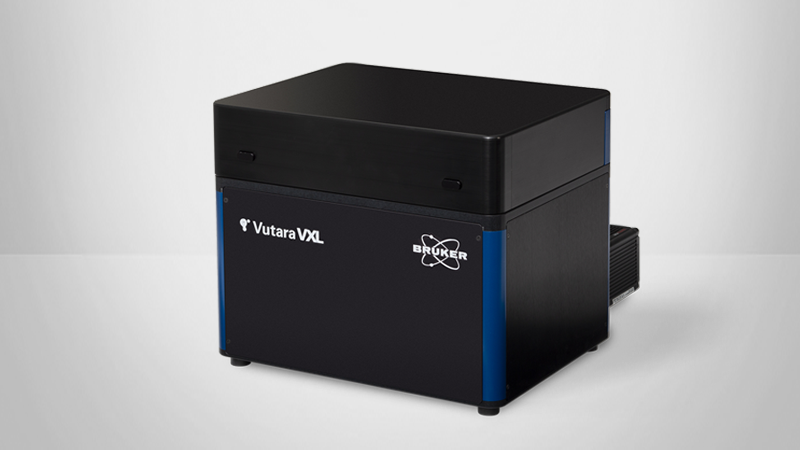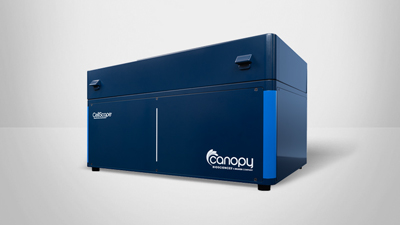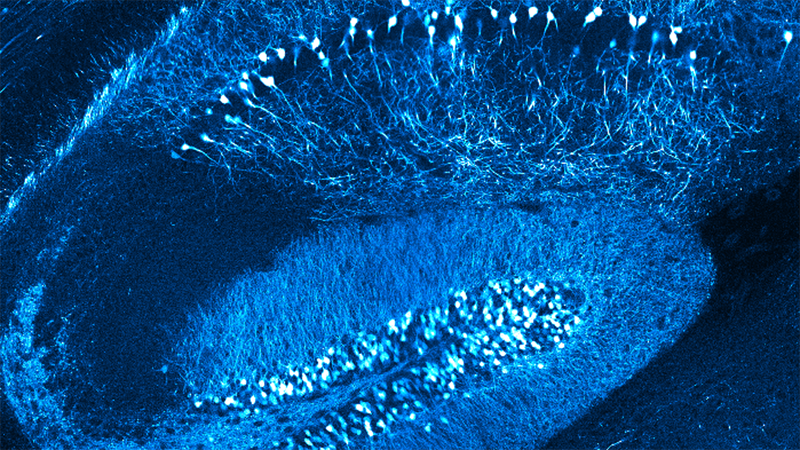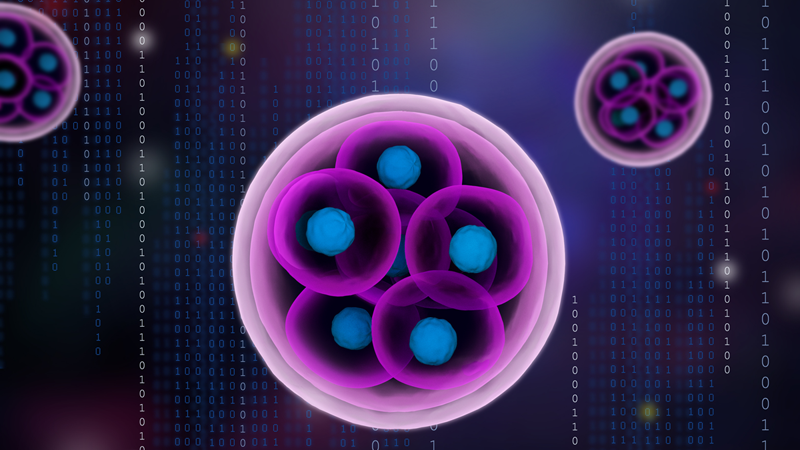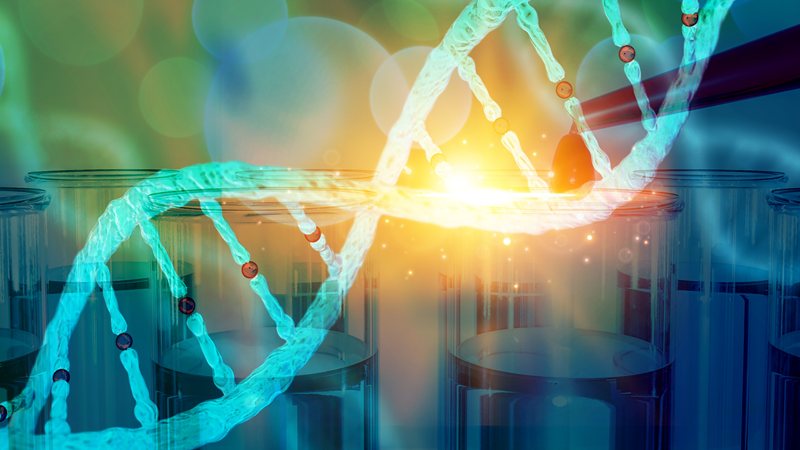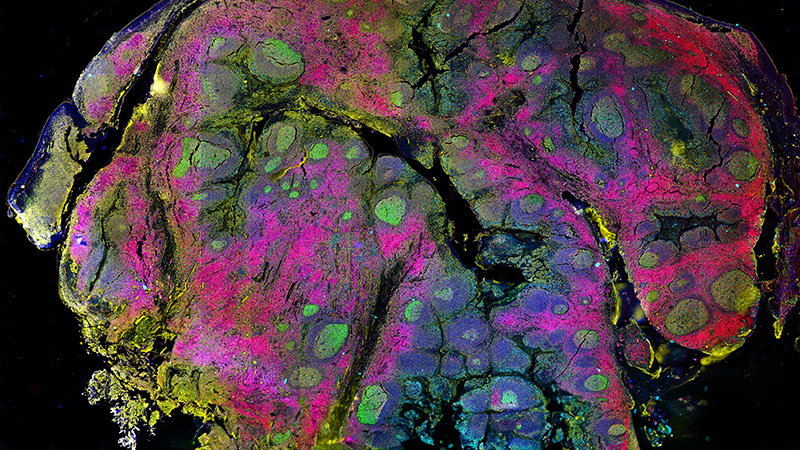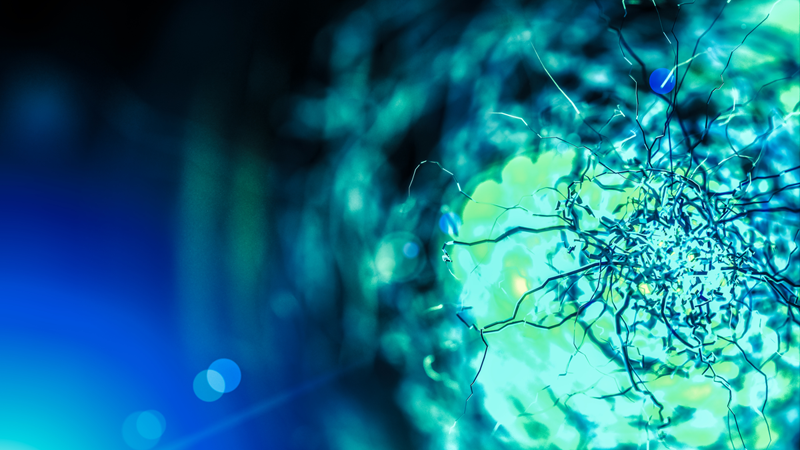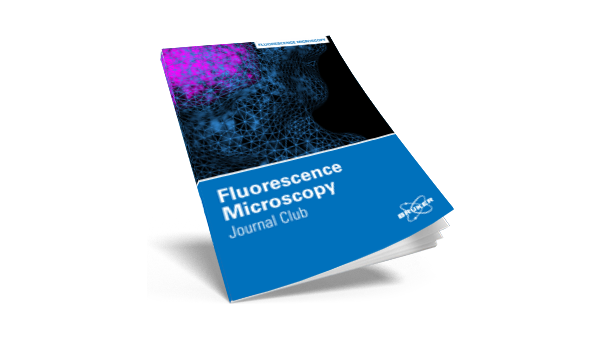

Imaging Applications in Neuroscience: Assessing Neuronal Structure and Function
Explore Bruker's innovative solutions for seeing the biology of life.
This 2-hour, four-part virtual workshop features several brief technical presentations, each exploring a different fluorescence microscopy system. Key topics include:
- Executing holographic optogenetics experiments with a multiphoton microscope
- Imaging large cleared biological samples with light-sheet microscopy
- Utilizing single-molecule localization techniques to advance neuroscience research
- Performing precise spatial multiplexing in brain tissue
Contact us
For more information about this event or the products and techniques featured in it, please contact us. Follow @BrukerFM on Twitter for event, product, and webinar updates.
Featured Presentations & Technical Demonstrations
Speakers
With introduction, live Q&A, and closing remarks led by:
Philip Golding, Fluorescence Microscopy Sales Manager Sales Manager, Bruker
Ewa Zarnowska, Ph.D.
Sales Applications Scientist, BrukerEwa is a neuroscientist who specializes in advanced microscopy and electrophysiological techniques. She received her Ph.D. degree in Biophysics from the Medical University of Wroclaw, Poland. She was a tenured Assistant Scientist in the Department of Anesthesiology at the University of Wisconsin in Madison.
Jürgen Mayer, Ph.D.
Senior Application Specialist and Product Manager, LuxendoDr. Jürgen Mayer is a Senior Application Specialist and the Product Manager for cleared system microscopes at Luxendo, the light-sheet microscopy branch of Bruker’s FM division. Before joining Luxendo, during his pre- and post-doctoral research, he developed and implemented a method to compensate attenuation artefacts in light-sheet microscopy via multimodal imaging combining light-sheet with optical projection tomography.
Winfried Wiegraebe, Ph.D.
Product Manager for Super-Resolution Microscopy, BrukerWinfried Wiegraebe is the product manager for super-resolution microscopy at Bruker. He has close to 30 years of experience in advanced microscopy in biology - including AFM, FCS, confocal microscopy, and super-resolution microscopy. Before joining Bruker, Winfried managed the Stowers Institute for Medical Research microscopy infrastructure in Kansas City, MO, US, and built the imaging pipeline at the Allen Institute for Cell Science in Seattle, WA, US. He studied Physics at the Technical University in Munich, Germany, and did his Ph.D. studies at the Max-Planck Institute in Martinsried, Germany.
Dr. Lauren Gagnon
Vutara Applications Scientist, Bruker
Dr. Lauren Gagnon graduated from Emmanuel College with a degree in Chemistry before completing her PhD in Chemistry at the University of Washington. Her thesis research focused on the development of novel approaches to single molecule localization microscopy using DNA barcoded antibodies.
Adam Northcutt, Ph.D.
Senior Scientist, Canopy BiosciencesAdam Northcutt is a Senior Scientist at Canopy Biosciences focused on application development for the ChipCytometry platform. Adam holds a Ph.D. in Molecular Biology from the University of Missouri with an emphasis in neuroscience and bioinformatics.
